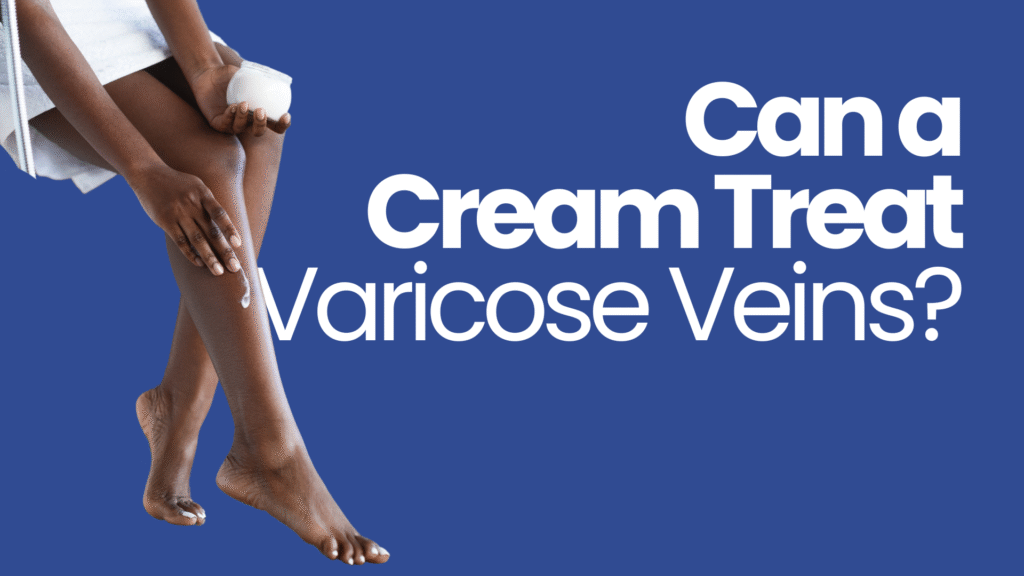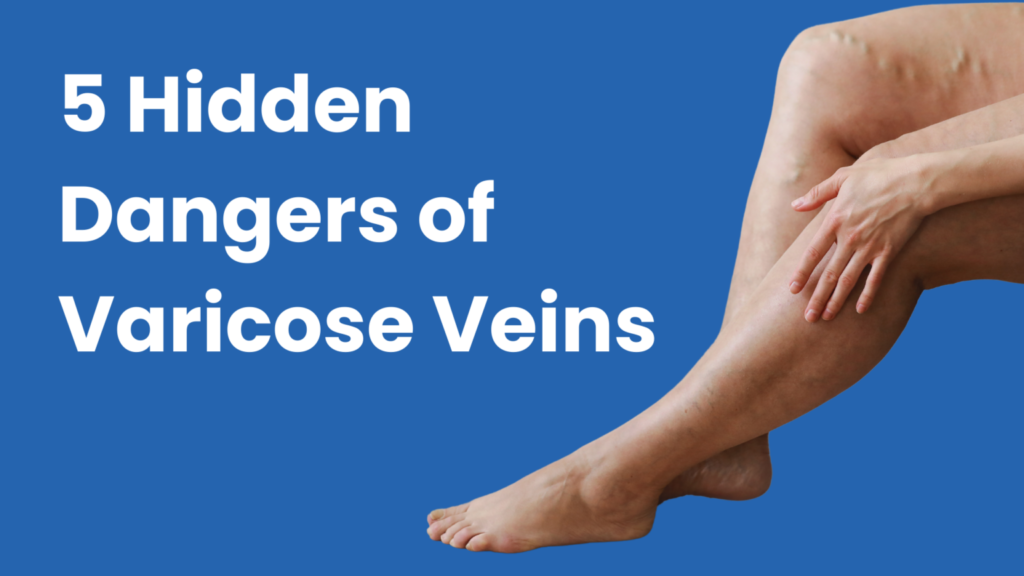Transdermal Laser Treatment is commonly used to treat small varicose veins, such as spider veins. As the treatment method has been rapidly growing in popularity, it would be useful for many vein patients to have a basic overview of transdermal laser treatment.
How it Works
In the procedure, a compact laser device is placed over the area of the skin with problem veins, at which point subsequent bursts of laser flashes make contact with the veins, causing them to contract and coagulate their inner blood. The veins die soon after, and as the next few weeks pass, they are reabsorbed into the body and effectively cleared from the system.
How Many Sessions Will be Needed?
The amount of treatments that are needed depends entirely on the vein doctor’s judgement. If the doctor deems the population of spider veins to merit it, the doctor might assign 3 to 5 sessions to treat a patient, with six weeks separating each session.
Will There Be Pain Involved in the Treatment?
As with most laser procedures, there will be some small discomfort felt by the patient during the treatment. This is due to the laser beam that will be making its way through the skin, causing a sensation like a small pinch felt sporadically throughout the laser’s path.
How Does a Patient Follow Up After a Procedure?
Most patients are wholly encouraged by their medical staff to resume their day-to-day activities after the procedure. However, certain restrictions will likely apply: refraining from applying sunblock over the treated areas for two weeks following the procedure; refraining from scratching the treated areas; applying 1% cortisone cream to treated areas in order to subdue itching sensations; refraining from using hot tubs or taking hot baths for one week following treatment.
What Are the Post-Treatment Symptoms Like?
Transdermal laser treatment in Aventura thankfully comes with few to no significant side effects following therapy. It’s possible for some patients to experience a form of discoloration or blanching over the treated areas, though this will normally disappear within a few days. While it’s possible for itching sensations to develop, it’s highly advised that patients refrain from scratching treated areas. After the procedure, the majority of spider veins within and surround the treated area will likely disappear from view. It’s possible that there will be some visible spider veins remaining after a few weeks, and those will likely be dealt with by the vein doctor during the next treatment session.
Will Insurance Cover the Treatment?
It’s important for patients to note that the removal of spider veins is classified as a cosmetic treatment. This means that, in the vast majority of medical insurance plans, transdermal laser treatment won’t be covered.


